Recent Why SERVPRO Posts
Commercial Large Loss
3/29/2022 (Permalink)
SERVPRO Cleaning Process After Catastrophic Commercial Emergencies
From 1980 to 2020, on average, the U.S. endured 7 severe climate events per year. Throughout the past year, that number has more than doubled, according to the National Centers for Environmental Information. Although statistics help describe the destruction brought on by natural disasters, no measurement can quantify the loss and trauma to individuals, families, and communities. The struggle of those involved as they work to rebuild a sense of normalcy is often not seen.
SERVPRO of River Oaks is proud to assist by offering Commercial Large aloes Disaster Recovery services after any catastrophic emergency in the United States. With the resources of four SERVPRO franchises throughout DFW, we are well-positioned to respond to any disaster.
Our flexible, efficient team can tackle damage at private businesses, hospitals, schools, government facilities, and more. SERVPRO of River Oaks professionals are highly trained in fire , storm, and water damage mitigation. When mitigating damage on a large scale, our team uses the following framework:
Control the Environment
Commercial-sized desiccant dehumidifiers remove water from the air and dense materials while increasing the air temperature, further drying the structure, and helping to better control the environment.
Remove Contaminated Material
To ensure a safe and efficient clean-up, SERVPRO of River Oaks crews will remove contaminated material and items that are beyond repair and remove restorable items for off-site cleaning.
Dry the Structure
Various sized air movers and dehumidifiers are strategically placed throughout the structure to accelerate the drying process.
Our crews can be ready at a moment’s notice, deploying cutting-edge drying equipment and service vehicles that feature truck-mounted water extractors that operate even without electricity. Response time is critical for communities to get up and running again. When disaster strikes, we are ready to answer the call and make it “Like it never even happened.” Reach our office at 713-666-9222.
Stop The Leak Fast!
3/15/2022 (Permalink)
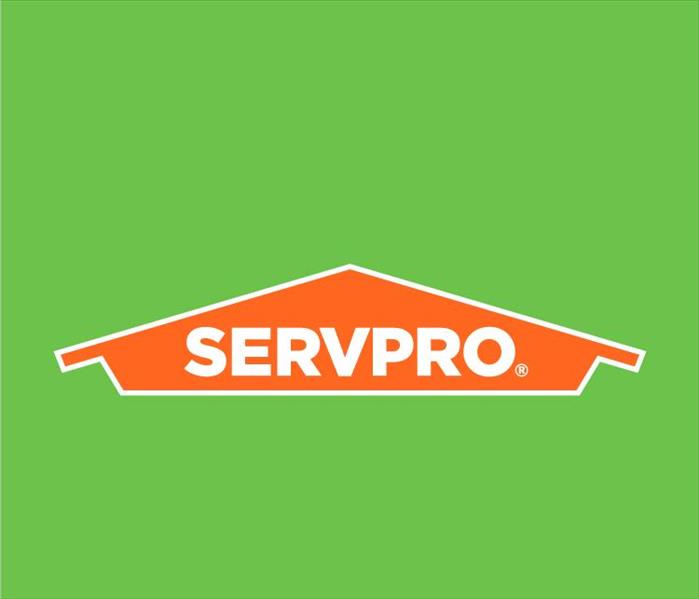 Call SERVPRO today at 713-666-9222.
Call SERVPRO today at 713-666-9222.
Before you add a clamp, add a block of wood.
If you're in a hurry and don't have the proper tools, you can improvise by placing a block of wood over the piece of rubber before tightening a clamp. The block of wood will help to spread the pressure and keep the pipe from collapsing.
Obtain a C-Clamp
For a temporary remedy, place a C-clamp over the block of wood and a piece of rubber to plug the leak.
Remove the faulty pipe.
If you're more experienced with plumbing repairs, you might go ahead and cut out the damaged section of the pipe. Turn off the main water supply valve, empty the damaged water line, and cut out a length of pipe that extends about 1 in. on each side of the leak with a pipe cutter. Begin by securely grasping the pipe in the cutter's jaws and tightening the cutter's screw. As you tighten the screw handle, rotate the cutter in the direction illustrated until the pipe snaps.
Prevent Frozen Pipes!
3/15/2022 (Permalink)
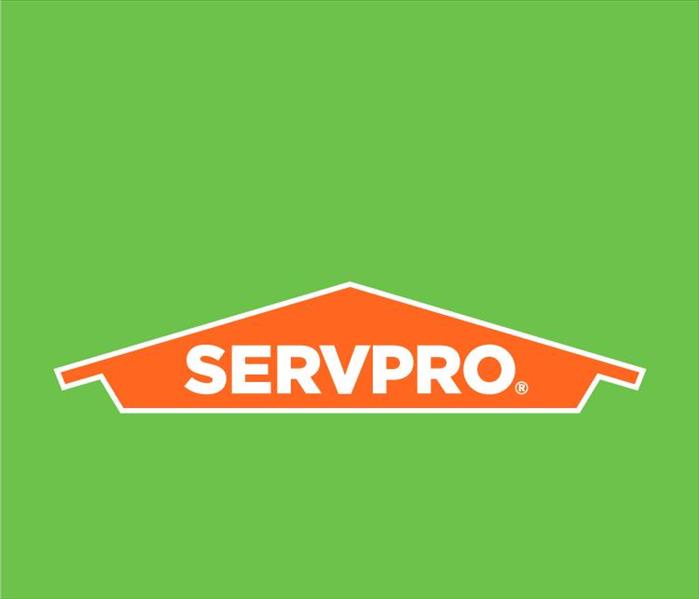 Call us today for you restoration needs.
Call us today for you restoration needs.
Winter storms can cause plumbing lines to freeze and perhaps burst, resulting in flooding and costly water damage to your home. Preventing frozen pipes and other cold-weather risks can be reduced or eliminated by taking preventive actions before winter arrives. "Because of their location in the residence, some pipes are more prone to freezing than others."
The following pipes are particularly vulnerable to freezing:
Pipes that are exposed in unheated portions of the house.
Pipes that are positioned on the outside of the walls.
Any plumbing on the home's outside.
If you have a busted pipe emergency call SERVPRO of River Oaks today at 713-666-9222, we are here to help.
What Happens When A Frozen Pipe Busts?
3/15/2022 (Permalink)
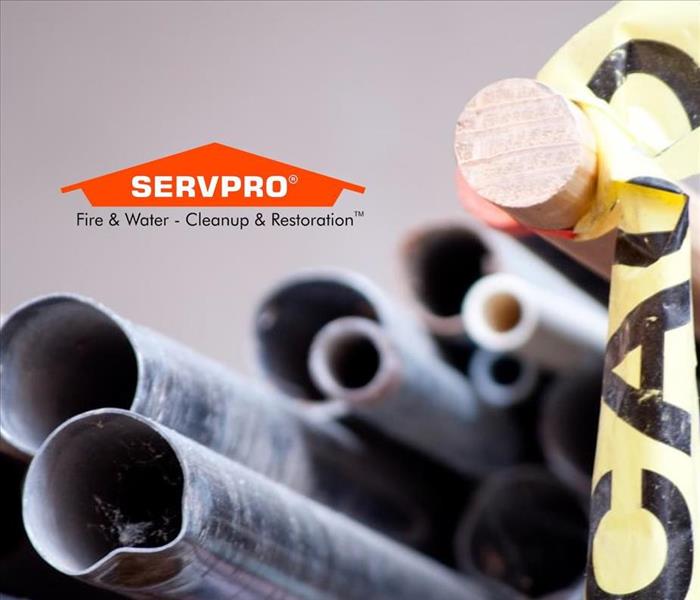 Call us today at 713-666-9222.
Call us today at 713-666-9222.
The easiest method to deal with frozen pipes is to prevent them from occurring in the first place.
But, if the unexpected happens, you'll need to act quickly to limit the damage and restoration costs.
Why do frozen pipes burst?
According to Roto-Rooter spokesman Paul Abrams, not all frozen pipes explode. However, when one does, it is due to the fact that water expands as it freezes, putting significant pressure on inflexible plumbing pipes. That pressure can induce a small breach at a joint or crack in a length of pipe, allowing full flow of water into your home.
Water damage caused by burst pipes is one of the most common homeowners insurance claims, with an average claim cost of around $5,000.
How to Spot Freezing Pipes
A frost-coated water line (or one that bulges like a well-fed python) is a solid indication that it's frozen, although not all plumbing pipes are visible.
"If your faucets aren't working and your toilets aren't refilling after a flush, it's a good
sign your pipes are frozen,"
Blood Cleanup?
3/15/2022 (Permalink)
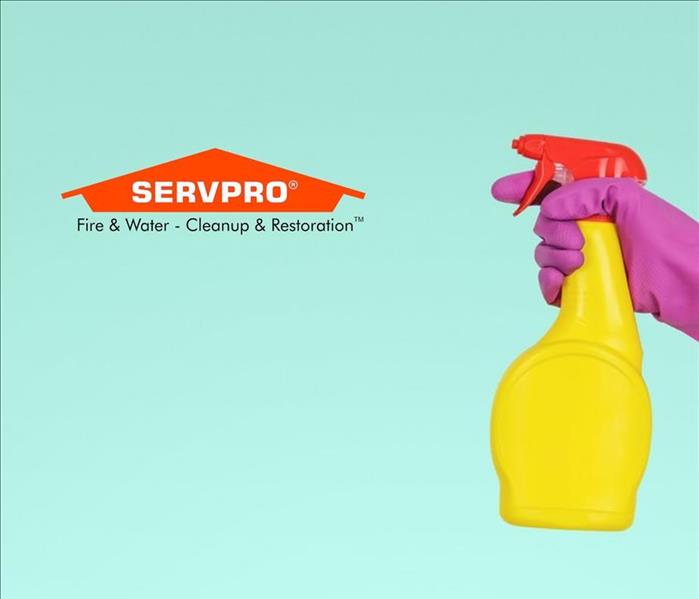 Call SERVPRO of River Oaks today at 713-666-9222.
Call SERVPRO of River Oaks today at 713-666-9222.
The most prevalent location for blood spills is on a hard, non-carpeted surface. Tile, ceramic, vinyl, linoleum, metal, wood, cement, and any other non-absorbent flooring, such as a pool deck, are examples of these surfaces. Cleaning up blood and other bodily fluids from various surface types is easier than cleaning up on absorbent surfaces, but there are still vital precautions to take.
Spills on hard surfaces can spread over larger regions, so the spill must be contained fast. The following are the processes for cleaning up spills on these surfaces:
Close off the area until the cleanup and disinfection are finished. The location should not be accessible to tourists or unprotected staff members.
Don a pair of disposable gloves.
Wipe up as much of the spill as you can using a paper towel or other absorbent material.
Pour a bleach solution (1 part bleach to 9 parts water) gently over all affected areas.
Allow the bleach solution to remain on the contaminated area for 20 minutes before wiping up any residual bleach solution.
All non-disposable cleaning materials, such as mops, brushes, and rags, must be disinfected by soaking them in a bleach solution and allowing them to air dry.
Remove the gloves and store them in a rubbish bag with the rest of the soiled cleaning supplies.
Garbage bags should be double-bagged and tightly tied before being discarded.
Flood Water Cleanup
3/15/2022 (Permalink)
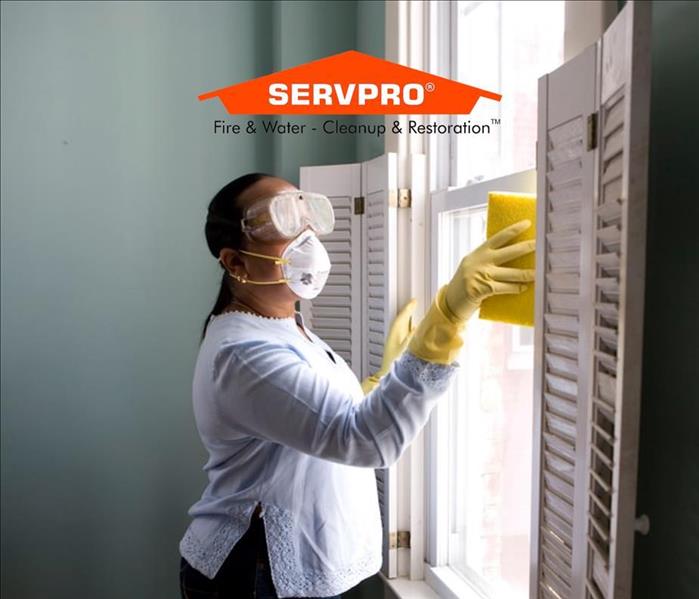 Call SERVPRO today at 713-666-9222
Call SERVPRO today at 713-666-9222
You can start cleaning after you've recorded the damage and filed your claim. Depending on the extent and source of the flooding, you may be able to handle the cleanup on your own or you may need to contact a professional.
Open windows: Unless it will result in more flooding, open as many windows as possible to encourage air circulation.
Remove standing water as soon as possible with a shop vacuum or water pump. Prolonged contact with water can cause additional damage, such as swelling of timber floorboards, so attempt to remove standing water as soon as possible with a shop vacuum or water pump.
Cleanse carpet: Use a carpet cleaner to thoroughly scrub salvageable rugs and carpet, then quickly dry them. If the flood water is tainted with sewage, however, throw away all carpets.
Clean upholstered furniture: Hire a professional to clean your upholstered furniture, and dispose of any damp mattresses.
Remove floorboards: If you have hardwood floors, remove a floorboard every few feet to prevent swelling from buckling the floor. Your adjuster will inform you whether any further floors, tile, or vinyl must be removed to allow the subfloor to dry. Allow wooden floors to dry gradually to avoid cracking.
After you've washed any hard surfaces, sanitize them with diluted chlorine bleach.
What To Do In A Flood Situation
3/15/2022 (Permalink)
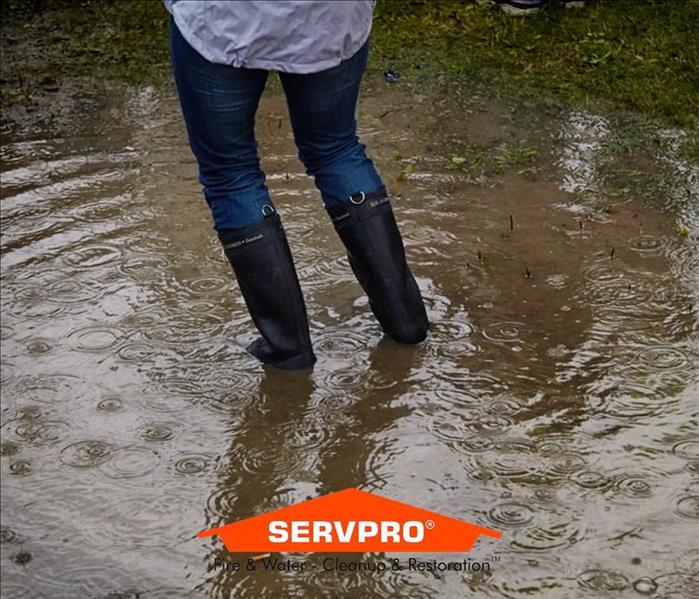 If you or your business had a flood, call SERVPRO of River Oaks today at 713-666-9222.
If you or your business had a flood, call SERVPRO of River Oaks today at 713-666-9222.
What Should You Do If There's a Flood?
If your home or apartment has been flooded, the first step is to ensure that there are no new safety hazards.
To prevent further damage, turn off the water line if it is the source of the flooding.
To avoid electrocution, disconnect all electrical equipment and turn off any electrical fuses, even if the power is already off.
Notify your utility providers if you suspect any damage to your gas, water, electricity, or sewage lines, since these would necessitate professional assistance.
Examine your home for structural damage caused by floods, such as a warped floor or a sagging ceiling.

 24/7 Emergency Service
24/7 Emergency Service

